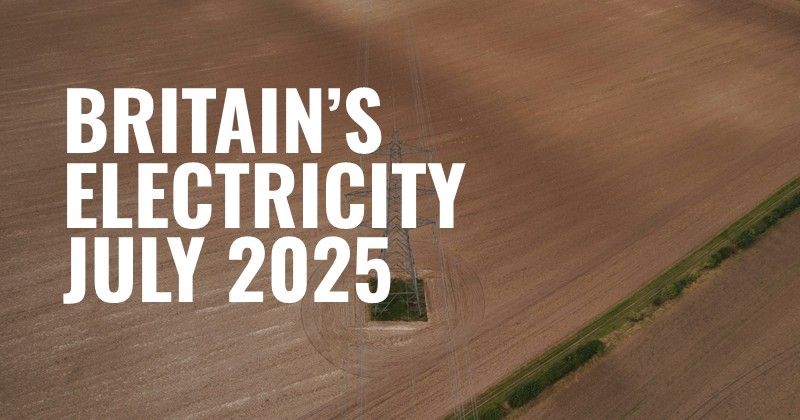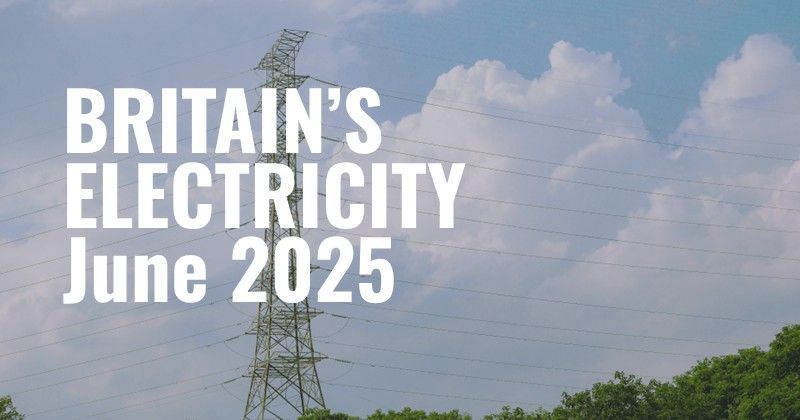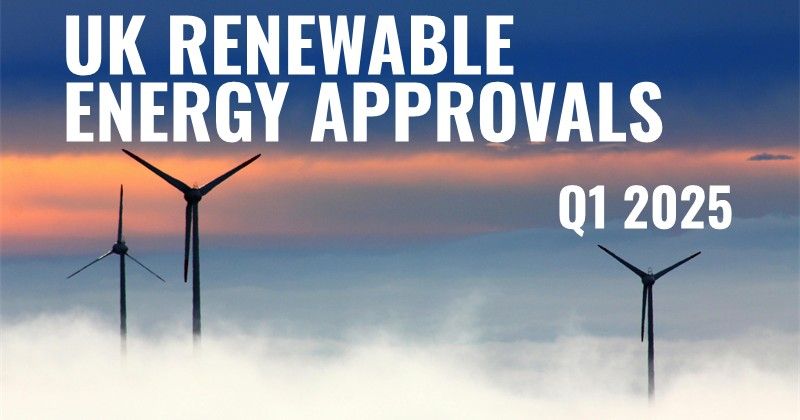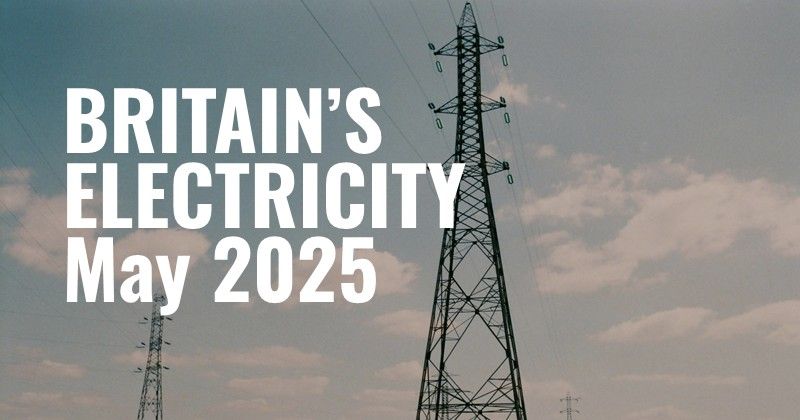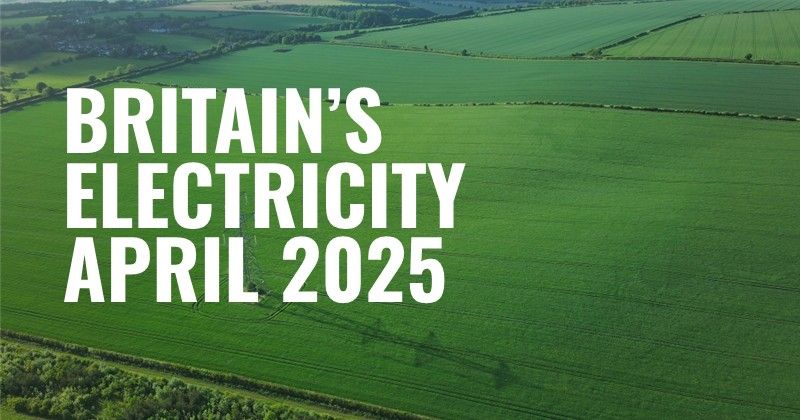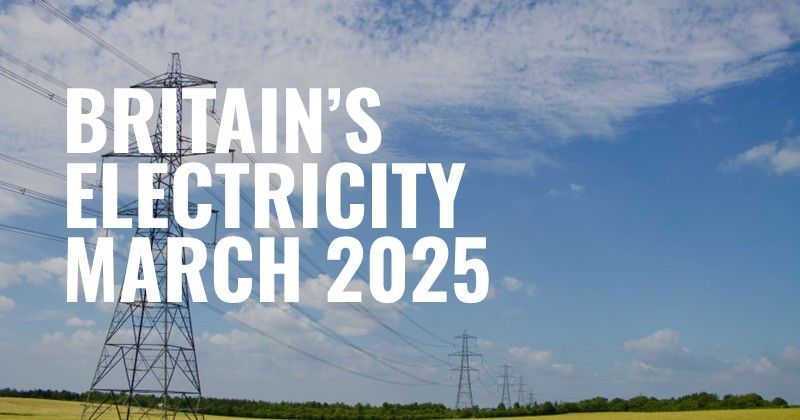by Doug Mccauley
•
4 September 2025
Scene Setting: A world on fire, a business community looking away In the wake of stark warnings from the Intergovernmental Panel on Climate Change (IPCC), the imperative for global nations and the businesses that operate within them to expedite climate action has never been more urgent. Yet, 2024 offered a sobering backdrop. More than 60 countries went to the polls, including major players like the US, UK, India, South Africa, Pakistan, and Russia, but climate concerns scarcely featured in manifestos. Global temperatures soared, making 2024 the hottest year on record, breaching the Paris Agreement’s critical 1.5°C threshold with an average global rise of 1.6°C. Instead of urgency, we saw political backtracking on commitments and rising public scepticism, as nationalist politics across the US, UK, and Europe reshaped climate discourse. The second Trump Administration has already reversed U.S. environmental policies put in place by the Biden Administration, Russia’s approach was deemed “critically insufficient” by the Climate Action Tracker, and developing nations like India and Pakistan are prioritising growth over emissions reduction. Against this political backdrop, businesses are increasingly echoing the same short-termism. Today in 2025, the focus has shifted toward low-value investments, short-term paybacks and high percentage RoIs, rather than the long-term investments required to align with net zero. The reality is clear: governments and businesses alike are kicking the climate can down the road at the very moment when decisive action is most needed. In our experience, this is a big mistake. Taking a long-term view on sustainability and particularly on decarbonisation offers significant long-term benefits for organisations, increases asset and company valuation and supports growth. The Rise of Short-Term Thinking in Business Business leaders have long understood that shareholder expectations and competitive pressures drive decision-making. However, what we are now seeing is a dangerous narrowing of focus. Instead of aligning investment and strategy with the multi-decade challenge of decarbonisation, many firms are prioritising projects with immediate financial returns, often within a 2-3 year window. This shift is particularly troubling because: The carbon reporting landscape is becoming more complex. Regulations such as the EU’s Corporate Sustainability Reporting Directive (CSRD), the UK’s Transition Plan Taskforce (TPT) framework, and the growing alignment with the International Sustainability Standards Board (ISSB) are forcing businesses to measure and disclose with greater transparency. Yet, disclosure does not equal action. The window for effective transition is closing. Science shows that emissions must peak before 2030 and fall by nearly half by 2035 to stand a chance of limiting warming. A short-term financial focus is incompatible with this timeline. Competitive positioning is at risk. While some businesses see sustainability as an “extra cost,” those that fail to transition risk stranded assets, supply chain disruption and reputational decline as customers and investors demand evidence of resilience. The Shift Away from Net Zero: Sentiment vs. Reality Across boardrooms in 2025, there is a noticeable cooling of enthusiasm toward net zero. Where once CEOs boasted about ambitious targets, today there is a recalibration, or in some cases, a retreat. Several factors underpin this shift: Economic volatility. Inflationary pressures, higher interest rates, national insurance increases and supply chain disruptions have led many firms to re-evaluate capital deployment. Long-term sustainability projects are being deferred in favour of “business continuity”. Investor pressure for short-term returns. Despite growing ESG funds and sustainable finance frameworks, mainstream investors remain focused on quarterly earnings. Executives are rewarded for near-term profit, not 2040 climate goals. Perceived political cover. With governments themselves slowing climate ambition, businesses feel less exposed when reducing or delaying their own commitments. This sentiment shift is dangerous. Net zero is not a PR exercise but a structural economic transition. Those companies stepping back today risk not only missing climate targets but also creating vulnerabilities within their operations and missing out on significant financial benefits. The Inadequacies of Short-Term Planning 1. Misaligned Investment Horizons Sustainability, by its very nature, requires investments that yield benefits over decades. Renewable energy infrastructure, enhanced electrical supply infrastructure, electrification of fleets, electrification of heat, circular economy design, or large-scale efficiency retrofits often require 7–15 years to fully deliver ROI. A focus on 2-3 year payback periods screens out precisely the projects needed to build resilience and future profitability. 2. Greenwashing Over Governance Short-termism often leads to “optics over outcomes.” Companies spend on branding, marginal improvements, or low-cost offsets instead of transforming business models. This erodes trust among investors, employees, and consumers alike. 3. Regulatory Lag Becomes Risk Exposure The complexity of carbon reporting and disclosure requirements is accelerating, not slowing. Businesses that fail to prepare for robust compliance regimes will face mounting costs, penalties, and reputational damage. 4. Failure to Secure Financing Sustainable finance is evolving. Lenders and investors increasingly evaluate climate transition plans and exposure to transition risks as part of their risk models. Companies unable to demonstrate credible long-term planning will face higher financing costs or lose access to capital entirely. The Case for Long-Term Sustainable Investment Insight from investment research consistently shows that sustainability and profitability are not mutually exclusive. In fact: Firms with strong ESG performance often deliver higher risk-adjusted returns. Studies by MSCI and Morningstar suggest ESG-aligned portfolios have outperformed benchmarks over the past decade . Company Valuation. Investing in on-site technology and infrastructure that will support carbon reduction and energy efficiency will increase asset values which in turn will support valuation multiples. Resilience pays. Companies that invested early in renewable energy and efficiency are now benefiting from reduced exposure to volatile fossil fuel prices. Investor sentiment is shifting. Even though short-term profit dominates headlines, global frameworks such as the UN COP26 initiated Glasgow Financial Alliance for Net Zero (GFANZ) are embedding climate criteria into long-term capital allocation. The lesson is clear: businesses that look beyond the immediate payback horizon will be better positioned to attract capital, manage risk, and capture growth opportunities. What Businesses Need to do to Reframe Their Approach To break away from short-termism, businesses need to embrace three core principles: 1. Transition Planning as Strategy Carbon disclosures should not be viewed as a box-ticking exercise. Instead, businesses should integrate them into strategic planning, aligning investment horizons, operational transformation and risk management around a clear net zero pathway. 2. Investment Criteria Must Evolve Payback periods need to be redefined. Businesses should apply broader lenses, incorporating avoided carbon costs, resilience benefits, brand equity, and future financing conditions. A total value return approach, not just a financial one. 3. Align Incentives with Long-Term Outcomes Boards and investors should tie executive compensation not just to annual returns but to delivery against long-term climate and sustainability targets. The edenseven View: From Short-Term Gains to Lasting Value At its heart, the danger of short-termism is not just the failure to reduce emissions; it is the erosion of business competitiveness, resilience, and relevance. The narrative of “we cannot afford sustainability” is inverted. In reality, businesses cannot afford inaction. Our advice is clear: Set credible financial and environmental targets align ed with net zero. Reframe investment decisions with a long-term lens that includes financial, environmental, and reputational dimensions. Engage proactively with regulators and stakeholders to shape and anticipate compliance requirements. Embed sustainability into corporate culture, governance, an d reporting. Ensure that your data capture and reporting processes are robust, consistent, compliant and assured. By doing so, companies move beyond compliance and optics into a position of leadership, attracting capital, customers, and talent while securing long-term viability Conclusion: A Call to Leadership The world in 2025 is defined by contradiction. On one hand, the climate crisis accelerates, with record-breaking temperatures and increasingly complex carbon reporting frameworks. On the other hand, business sentiment retreats, focusing narrowly on short-term paybacks. This is unsustainable. Businesses that prioritise immediate returns over long-term resilience are missing an opportunity for long-term growth. By contrast, those that embrace sustainable investment as a core strategy will not only meet compliance requirements but also unlock profitable growth, resilience, and trust. Kicking the climate can down the road only makes the future more expensive and challenging for businesses, investors, and society alike. The choice is clear: chase shadows in pursuit of short-term gains, or invest in the foundations of lasting value . Whilst writing this insight article, I am reminded of a Greek Proverb: ‘A society grows great when old men plant trees whose shade they know they shall never sit in.’ If you are working in a sustainability role or hold a senior role within an organisation, and the topic of this insight article resonates with you, please come and talk to us at edenseven . We are a business of practical thinking individuals who have real life experience of working in and running businesses. We understand the pressures of hitting short-term targets, but also the huge benefits a well-structured decarbonisation strategy can have on a business. If you want to talk more, please give one of our team a call. Contact edenseven: phone: +44 1223 750335 email: info@edenseven.co.uk

